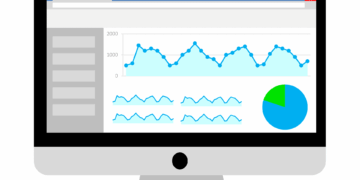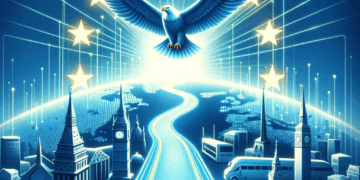Individual letters as trademarks – protection with restrictions
In principle, individual letters can be registered and protected as trademarks. However, the scope of protection of such “one-letter marks” is often limited in practice. Here is a comprehensive overview of the current legal situation and the differences between various types of trademarks and the responsible offices:
Eligibility for registration of single letters
Individual letters can be registered as trademarks under both German and European trademark law. The prerequisite is that they have sufficient distinctive character and are not purely descriptive. The Federal Court of Justice clarified as early as 2000 that individual letters are generally eligible as trademarks.
Limited scope of protection
In practice, however, the scope of protection of one-letter trademarks is often interpreted very narrowly:
- Courts and trademark offices examine the specific graphic design very closely when assessing the likelihood of confusion. Even if two marks use the same letter, a likelihood of confusion can be denied if the overall visual appearance is different.
- In 2010, the ECJ ruled that individual letters are not per se unprotectable. However, it must be examined in each individual case how the relevant public perceives the mark (judgment of 09.09.2010, C-265/09 P – α).
- In 2022, the European Court of First Instance emphasized in a case concerning two “K” marks that even slight differences in the design of individual letters can be sufficient to rule out a likelihood of confusion (judgment of 09.11.2022, T-610/21).
Differences between word marks and word/figurative marks
Word marks consist exclusively of words, letters, numbers or other characters without any graphic design. The protection of a word mark generally covers all customary forms of reproduction, including different fonts and capitalization.
Word/figurative marks, on the other hand, combine textual elements with graphic design elements. They offer the advantage that they are often registrable even if a pure word mark would be rejected, for example in the case of descriptive terms or terms that need to be kept free. However, their scope of protection is often limited to the specific graphic design.
DPMA vs. EUIPO: Differences in trademark registration
The **German Patent and Trade Mark Office (DPMA)** is responsible for registering national German trade marks, while the **European Union Intellectual Property Office (EUIPO)** administers EU trade marks with EU-wide protection.
Application procedure:
– DPMA: The trademark is registered and published after examination of the absolute grounds for refusal. The objection period only begins after publication.
– EUIPO: The EU trademark will only be registered after the opposition period has expired if no opposition has been filed.
Costs:
– DPMA: 300 euros (290 euros for electronic filing) for up to three classes, each additional class 100 euros.
– EUIPO: 850 euros for one class for online filing, 50 euros for the second class, from the third class 150 euros per class.
Scope of protection:
– DPMA: Protection only in Germany.
– EUIPO: Uniform protection in all EU member states.
Single-image marks at the DPMA and EUIPO
There are no significant differences in the application procedure between the DPMA and the EUIPO for single-image marks, i.e. purely figurative marks without word elements. Both offices examine single-image marks for absolute grounds for refusal and distinctiveness. The requirements for graphic representability and the assessment of protectability are largely identical.
As with other trademark forms, the main difference lies in the territorial scope of protection and the associated costs and procedures. A single-image mark applied for at the DPMA enjoys protection in Germany, while a single-image mark applied for at the EUIPO is protected throughout the EU.
Conclusion for practice
The choice between a national trademark and a European Union trademark as well as between different trademark forms depends on various factors, such as the planned area of use, the budget and the distinctive character of the sign. In the case of single letters and single-picture marks, particular attention must be paid to a characteristic design in order to increase the scope of protection.
Overall, it can be seen that trademark offices and courts examine one-letter trademarks and single-image trademarks very closely and strive for a fair balance between trademark protection and the need to keep them free. Careful planning and professional advice can help to achieve optimum protection for your own trademark, regardless of whether the application is filed with the DPMA or EUIPO.

























